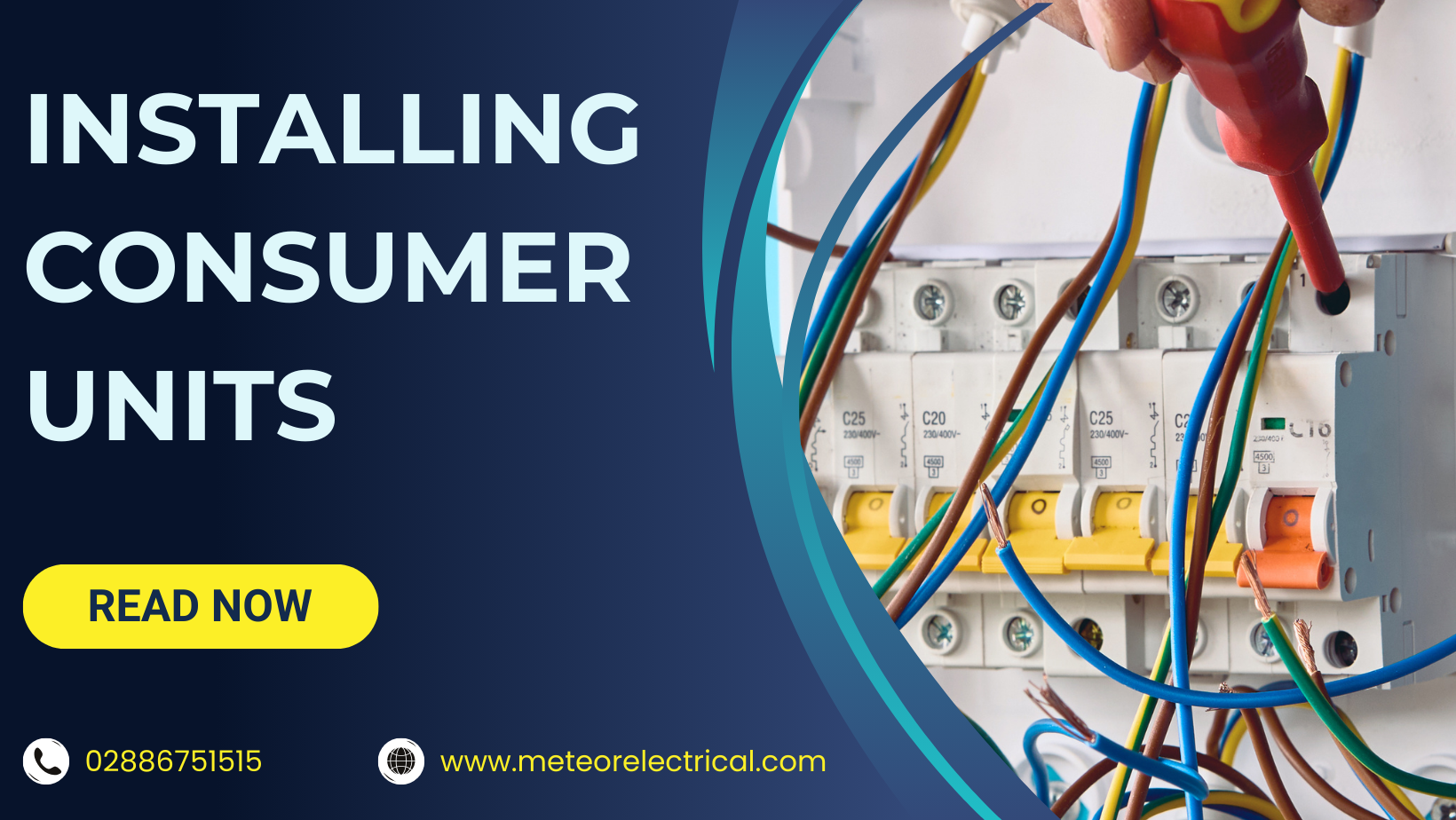Installing a Consumer Unit: A Step-by-Step Guide
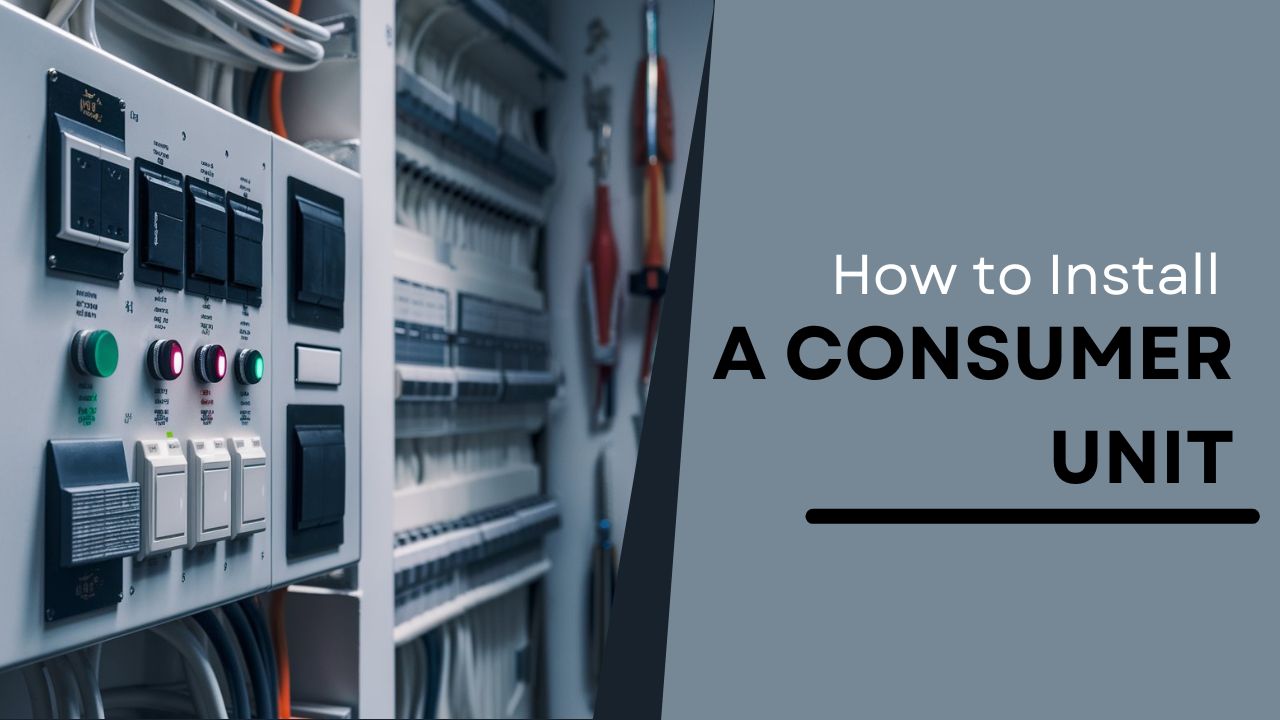
Power Up Your Home Safely
Installing a consumer unit is a fundamental task for any electrician. This essential component forms the backbone of electrical distribution within a property, ensuring safety and efficient power management. Whether you're upgrading an old unit or installing a new one from scratch, this guide will provide you with step-by-step instructions and essential safety tips to complete the job effectively.
Let’s dive in!
Understanding Your Consumer Unit
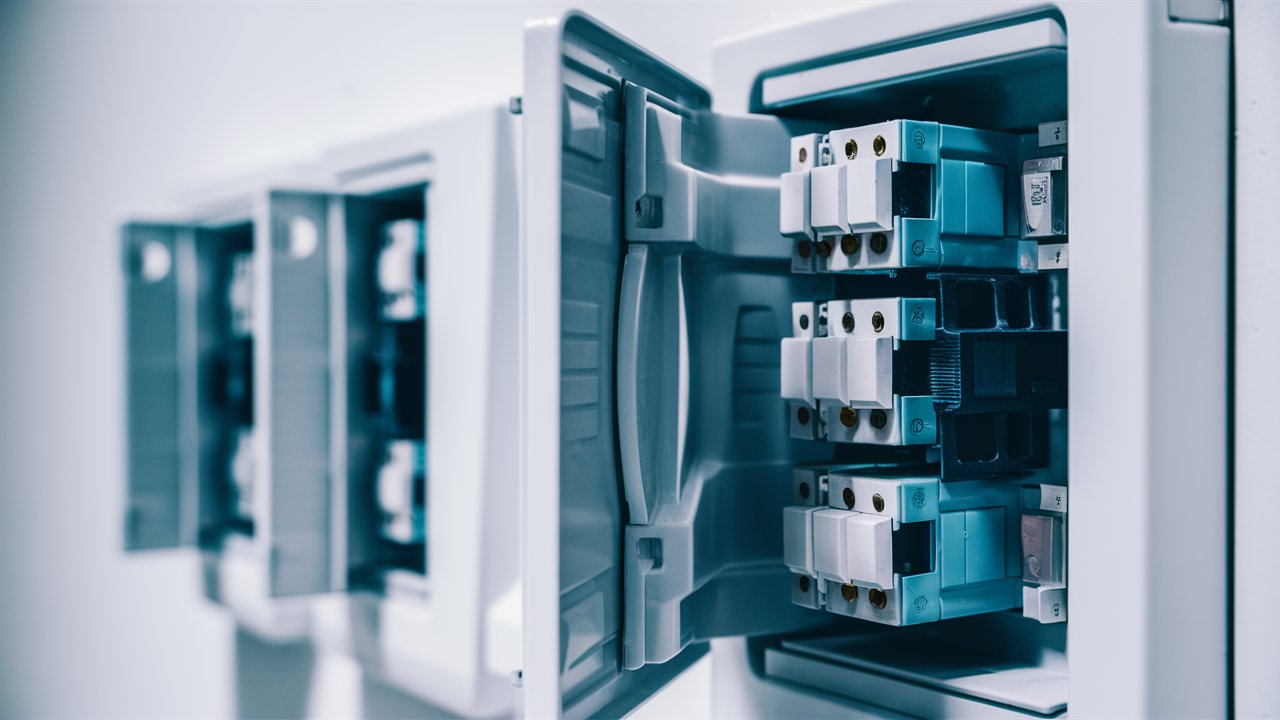
Before you start the installation process, it’s crucial to understand the ins and outs of a consumer unit. This vital component controls and distributes the electricity in your home. It's important to place the consumer unit in an easily accessible location for quick power shutdowns during emergencies. While assembling a fuse box and selecting the right components may seem complex, understanding its basic elements can significantly enhance your home's electrical safety.
Key Components of a Consumer Unit

Consumer Unit Enclosure
The enclosure is the protective box that houses all critical components of your electrical system. Made from fire-resistant materials like galvanised steel and glass-reinforced polyester, it safeguards against potential electrical hazards (Electrical Safety First).
Busbar
Busbars transport large amounts of current within the consumer unit. Typically made of copper or aluminium, they ensure a stable and efficient power supply by distributing alternating current power to the circuit breakers (The IET).
Main Switch
The main switch lets you turn the electricity supply to your home on or off. There may be more than one main switch in homes with electric storage heaters, requiring a separate consumer unit. For example, the 100A 2 Pole Mains Isolator Main Switch from Garo is known for its quality and reliability.
Residual Current Devices (RCD)
RCDs are life-saving devices designed to trip a circuit under dangerous conditions, instantly disconnecting the electricity to prevent fatal electric shocks. They are essential for safety in residential and commercial settings (Health and Safety Executive).
Circuit Breakers
Circuit breakers are automatic protection devices that switch off a circuit if a fault is detected. They offer more precise protection than fuses and can be easily reset after tripping. In some setups, rewireable fuses may be used instead of circuit breakers (Electrical Safety First).
If you want to learn more about consumer units, here’s a helpful video!
Credit: The Engineering Mindset
Types of Consumer Units
High Integrity Consumer Units
These units feature three neutral bars, allowing the use of two RCDs and a bank of RCBOs (Residual Current Breaker with Overcurrent Protection). This setup ensures that non-essential circuits like lighting are on RCDs, while mission-critical circuits are protected by RCBOs, minimising the risk of nuisance tripping.
Split Load Consumer Units
Designed with a mains switch and an RCD, split-load consumer units comply with modern electrical regulations. This configuration helps protect circuits against leakage while reducing the risk of unnecessary power outages (The IET).
Garage Consumer Units
Compact and specialised garage consumer units are designed for environments with limited circuits, such as garages, sheds, and workshops. Despite their smaller size, they provide the same level of protection and efficiency as larger units (DIY Doctor).
If you’re looking for reliable consumer units that adhere to electrical guidelines, look no further than GARO consumer boards available at Meteor Electrical. These units are designed to meet industry standards, ensuring safety and efficiency for your electrical installations.
To learn more about GARO consumer boards and how they can benefit your projects, check out our video, in which we discuss them in detail.
Before You Start: Check Legal Guidelines
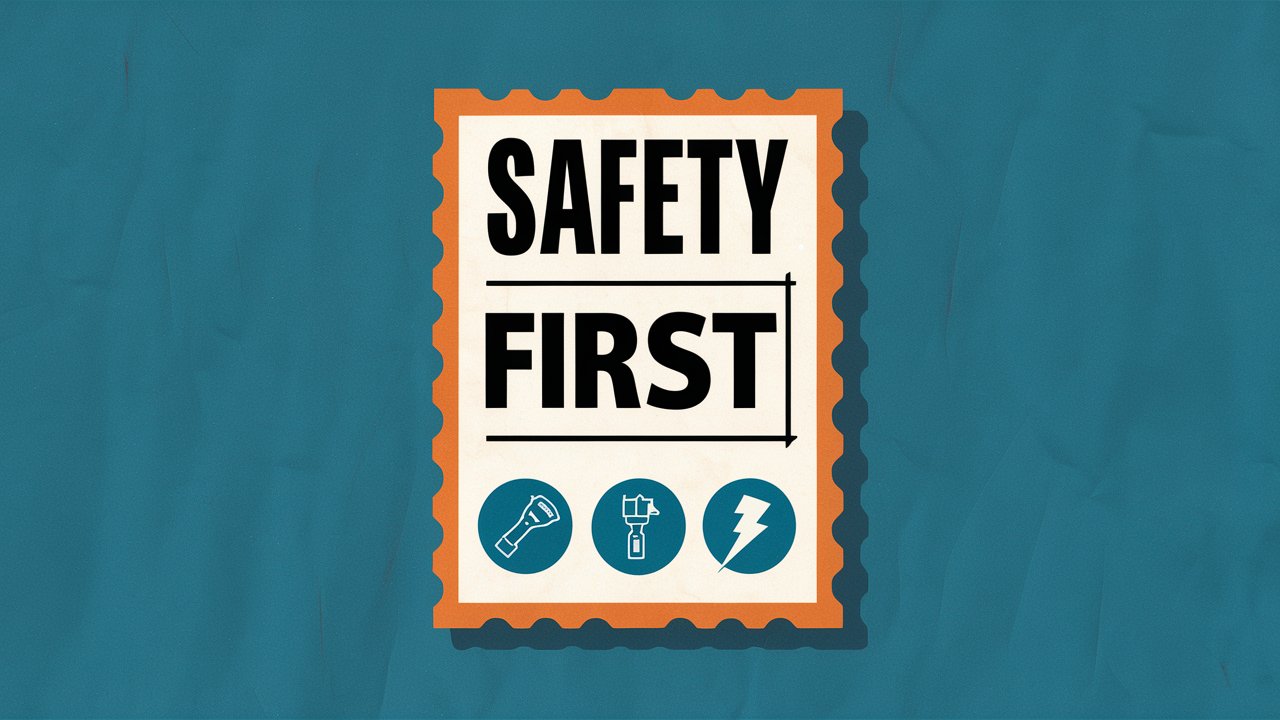
When installing a consumer unit in the UK, adhering to legal requirements and IET wiring regulations is essential. These guidelines ensure the consumer unit operates safely. Key considerations include:
- IP Rating: Consumer units must be IP-rated to prevent combustible and conductive materials from contacting the unit.
- Testing: All cables and accessories should be checked and tested beforehand to minimise damage.
- Placement: The unit should be mounted between 0.45m and 1.2m above the floor level and easily accessible (NHBC).
Step-by-Step Guide to Consumer Unit Installation
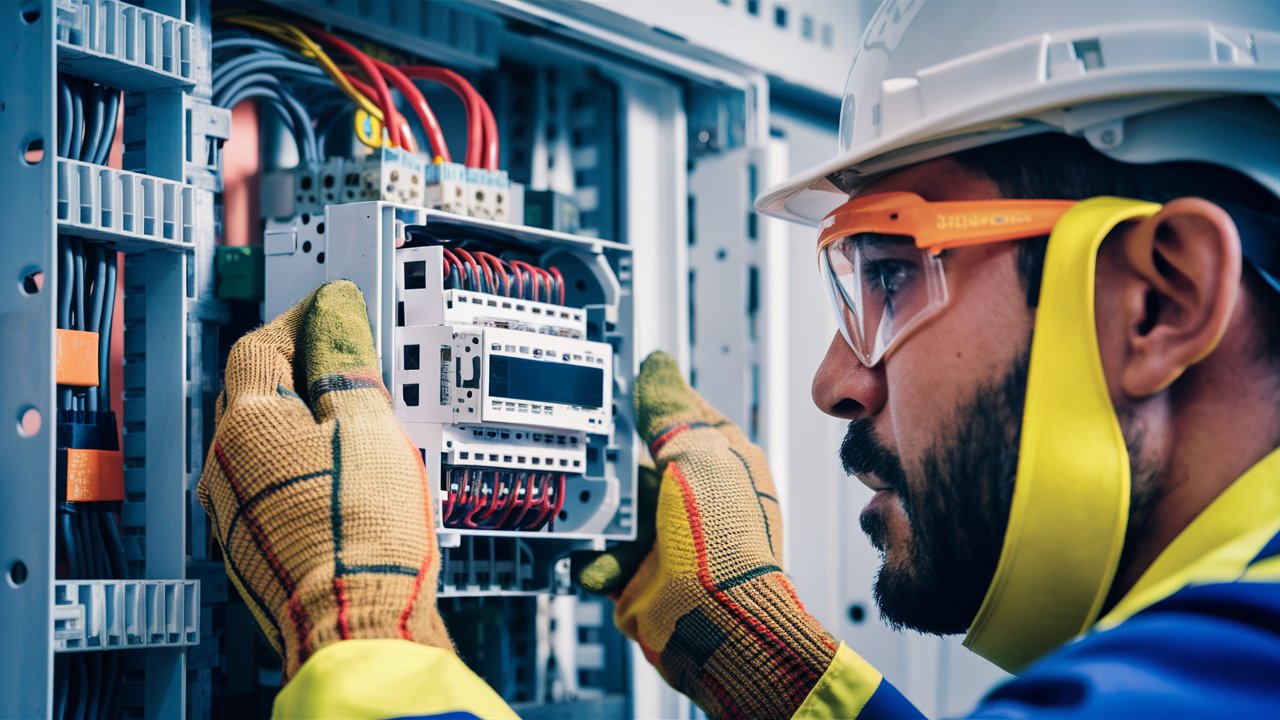
Step 1: Assessing Requirements and Preparation
- Assess Load Requirements: Determine the electrical load requirements based on the property's size, usage, and appliances.
- Select the Consumer Unit: Choose a unit that complies with current electrical regulations and is suitable for the anticipated load.
- Gather Tools and Materials: Ensure you have all necessary tools and materials, including screwdrivers, wire cutters, voltage tester, PPE, and fixings for mounting the unit.
Step 2: Mounting the Consumer Unit
- Choose the Installation Location: Ensure it is easily accessible and meets regulatory clearances.
- Mount the Unit: Securely fix the unit to the wall, ensuring it is level and stable.
- Positioning: Position the unit so the incoming mains cables can comfortably reach the terminals.
Step 3: Connecting Incoming Supply
- Isolate the Mains Supply: Double-check that the mains supply is isolated.
- Prepare Incoming Cables: Strip and prepare the live, neutral, and earth cables.
- Connect the Cables: Securely connect the cables to their designated terminals, ensuring correct polarity and tight connections.
- Secure and Insulate: Use cable glands or clips to secure the cables and insulate any exposed conductors.

Step 4: Wiring Circuit Breakers and RCDs
- Plan Circuit Layout: Allocate appropriate circuit breakers or RCDs for each circuit.
- Install Protection Devices: Securely clip or screw the devices into place, ensuring tight connections.
- Labelling: Clearly label each circuit breaker or RCD for ease of identification during maintenance or fault finding.
Step 5: Testing and Commissioning
- Visual Inspection: Ensure all connections and terminations are secure and free from damage.
- Testing: Perform insulation resistance tests, polarity checks, and functional testing of circuit breakers and RCDs.
- Commissioning: Restore power and test each circuit individually to confirm proper operation.
Essential Safety Tips
- Always isolate the mains supply before beginning work and verify with a voltage tester.
- Use appropriate PPE, including gloves and goggles, to protect against electrical hazards.
- Follow wiring diagrams and manufacturer instructions for the consumer unit and associated components.
- Ensure all connections are secure and free from damage or wear.
- Comply with local regulations and standards throughout the installation process (Electrical Safety First).
Common Issues and Troubleshooting

Cable Sizing Challenges: Incorrectly sizing cables can lead to overheating and electrical fires. Always refer to wiring regulations and use a cable sizing calculator (The IET).
Compatibility Issues with Old Wiring: Older properties may have outdated wiring. Assess the existing wiring and upgrade as needed to meet current regulations (Health and Safety Executive).
Circuit Overloading: Overloading circuits can lead to frequent power outages. Distribute loads evenly and consider using RCBOs for better protection.
Inadequate Clearances and Access: Ensure the consumer unit is installed at the correct height and is easily accessible for maintenance and emergencies (NHBC).
Conclusion
Installing a consumer unit requires precision, adherence to safety protocols, and compliance with electrical regulations. By following this comprehensive guide, electricians can confidently undertake the installation, ensuring a safe and reliable electrical distribution system within residential or commercial properties. Remember, the safety of both property and occupants depends on a well-executed and properly documented installation.
For high-quality consumer units and electrical products, visit Meteor Electrical to explore our range of products designed to meet your installation needs.
FAQ: Installing a Consumer Unit
Q: What is a consumer unit?
A: A consumer unit, also known as a fuse box or distribution board, is a critical component of a home's electrical system. It distributes electricity to different circuits within the property and contains safety devices such as circuit breakers and RCDs to protect against electrical faults.
Q: What are the key components of a consumer unit?
A: Key components include the consumer unit enclosure, busbar, main switch, residual current devices (RCDs), and circuit breakers. Each plays a vital role in ensuring safe and efficient power distribution within your home.
Q: How do I choose the right consumer unit?
A: When selecting a consumer unit, consider factors such as the number of circuits, type of property, and specific needs like surge protection. Ensure it complies with current electrical regulations (source: The IET).
Q: What is the difference between RCDs and circuit breakers?
A: RCDs are designed to trip a circuit under dangerous conditions, preventing electric shocks, while circuit breakers protect against overcurrent and short circuits. Both are essential for electrical safety.
Q: Can I install a consumer unit myself?
A: Installing a consumer unit is a complex task that requires knowledge of electrical systems and adherence to strict safety regulations. It is recommended that a qualified electrician be hired to ensure the installation meets all legal and safety standards (source: Electrical Safety First).
Q: What are the legal requirements for installing a consumer unit in the UK?
A: Legal requirements include adhering to the IET wiring regulations, ensuring the consumer unit is IP-rated, and placing the unit between 0.45m and 1.2m above floor level. It is crucial to comply with these regulations to ensure safety and avoid legal issues (NHBC).
Q: What should I do if my consumer unit keeps tripping?
A: Frequent tripping can indicate issues such as circuit overload, a short circuit, or a faulty appliance. It's essential to identify the cause and rectify it, which may involve redistributing loads or upgrading the consumer unit (source: Health and Safety Executive).
Q: How often should a consumer unit be inspected?
A: Regular inspections are crucial to ensure the ongoing safety and efficiency of your electrical system. It's recommended to have your consumer unit inspected every 10 years, or more frequently if you notice any issues.
Q: What are split-load consumer units and high-integrity consumer units?
A: Split load consumer units feature a mains switch and an RCD, providing protection against leakage while reducing unnecessary power outages. High-integrity consumer units allow for the use of two RCDs and a bank of RCBOs, minimising the risk of nuisance tripping and providing robust protection for mission-critical circuits.
Q: Why is it important to label circuit breakers in a consumer unit?
A: Labeling circuit breakers helps in the easy identification of circuits during maintenance or in case of faults. It ensures that you can quickly locate and address issues without confusion.

